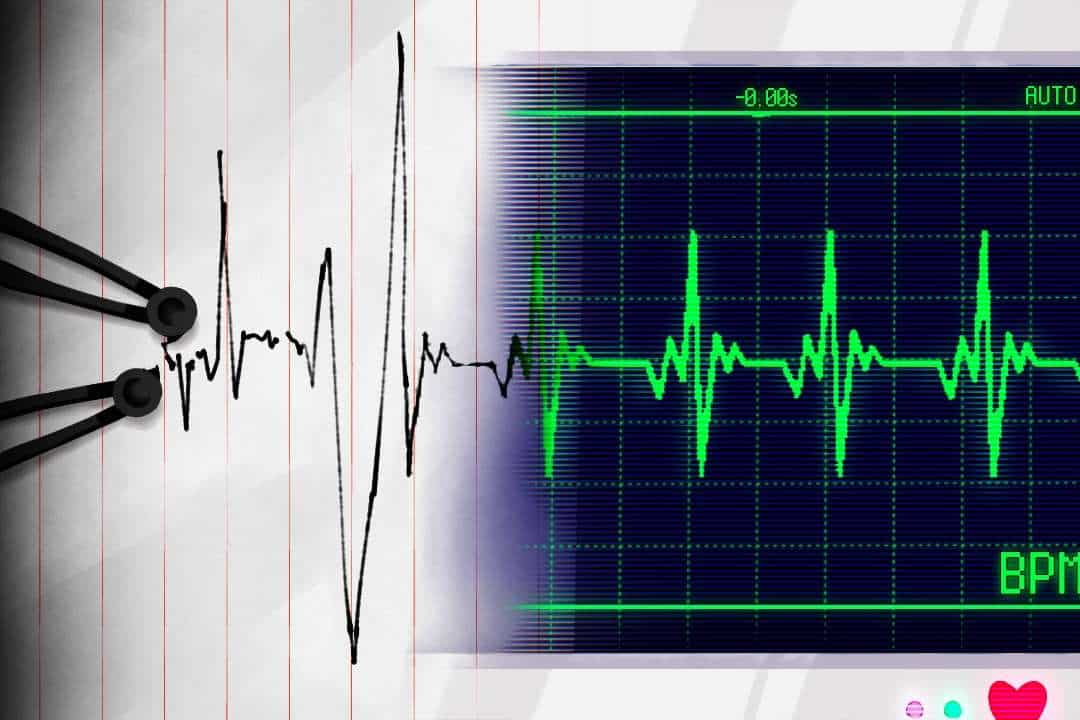One of my favourite things to learn about is unlikely collaborations. One such collaboration was between surrealism and quantum physics in the 1920s. Another, more recent collaboration is between motorsport and health care institutions, in which sensors from Formula One cars were modified and used to monitor patients in hospitals. Yet again, an unlikely collaboration between a seismologist and critical care unit staff aims to detect irregular heartbeats in children — also known as pediatric arrhythmias.
Imagine this scenario. In the SickKids intensive care unit (ICU), with forty-two beds and two physicians on duty, a patient’s heart goes arrhythmic for a couple of seconds before returning to a normal rhythm. How likely is it that one of these physicians is not only at the bedside of this patient, but also looking at the monitor at the moment of arrhythmia?
Up to 29 per cent of 700 critically ill children at SickKids experience arrhythmias, which can cause complications in their conditions. In 2020, arrhythmia was implicated as the cause of mortality in 114 children at SickKids.
Diagnosing arrhythmias in a timely manner is the most important factor in determining patient outcomes. Currently, clinicians monitor electrocardiograms that record electrical signals from the heart and are displayed on a bedside monitor to detect arrhythmias. However, noticing this irregular heart rhythm requires expert clinicians to be present by the patient monitor, which is not feasible in an intensive care unit all the time. This means that arrhythmias go undetected and undiagnosed for some time in the ICU, delaying treatment and exacerbating the potential outcome for the patient.
Sebastian Goodfellow, Dr. Mjaye Mazwi, and Laussen Labs are collaborating to design a machine-learning system that can continuously monitor the electrocardiograms of all patients in the ICU, as well as detect and diagnose pediatric arrhythmias. Goodfellow is an assistant professor at the Department of Civil & Mineral Engineering at U of T, and Mazwi is a staff physician in the Department of Critical Care Medicine at SickKids.
Using examples of normal heart rhythms and common pediatric arrhythmias, expert clinicians would train this machine-learning model to classify heart rhythms as normal or arrhythmic. Upon completion, this machine-learning model could be present at the bedside of each patient, monitoring each patient’s rhythm. As a result, the model holds promise to detect arrhythmic complications in a timely manner.
Goodfellow previously studied seismology applied to manmade seismic waves generated by mining or other engineering processes. During his PhD research, he analyzed seismograms containing high-frequency time data — data which is collected at exact, specific time differences. Electrocardiogram waveforms require similar digital signal processing. The skill set used to analyze high-frequency time series data — common between earthquake seismology and electrophysiology — is how Goodfellow got involved in health care.
Goodfellow and physicians from SickKids have been awarded the Canadian Institutes of Health Research grant to fund this project, and the team hopes to apply the machine-learning model in the ICU at SickKids to quickly detect heart arrhythmias.
The extent of transferable skills and mutual research properties between different disciplines is fascinating. These connections make the divisions between different fields seem less distinct. This collaboration is a great example of how there’s room for productive interdisciplinary innovation.


